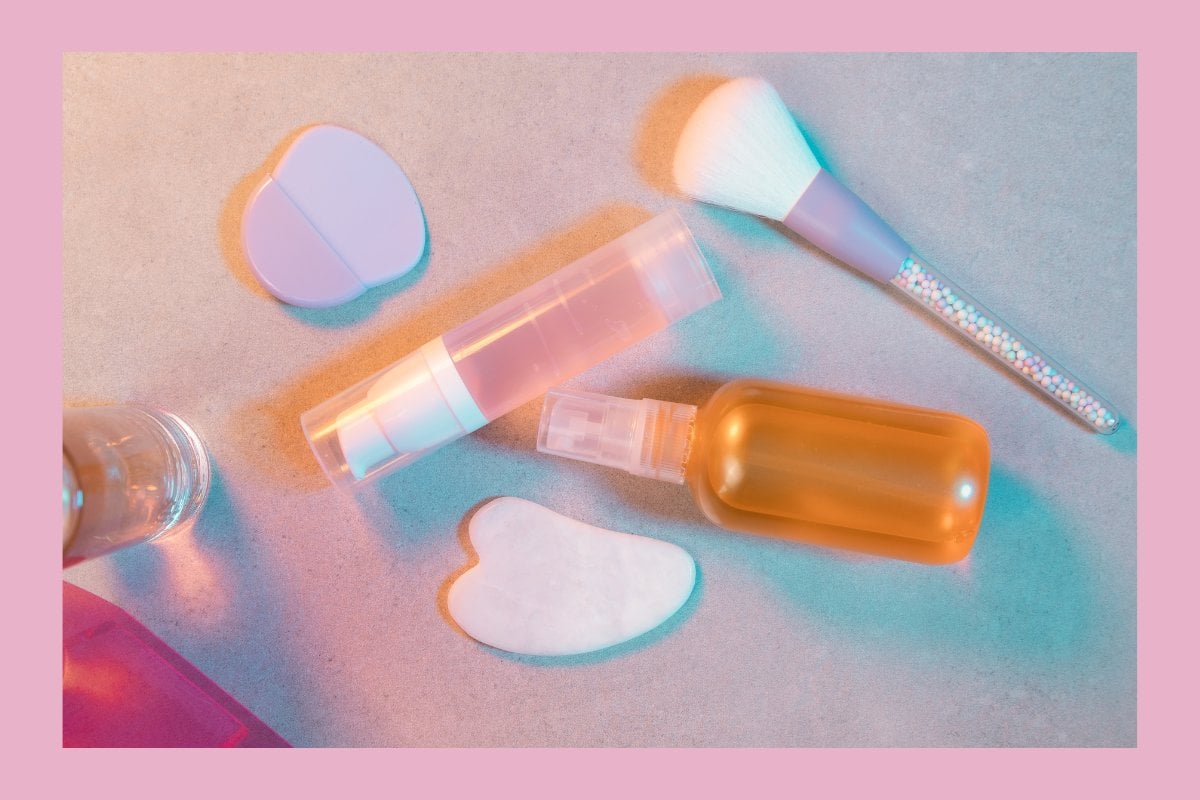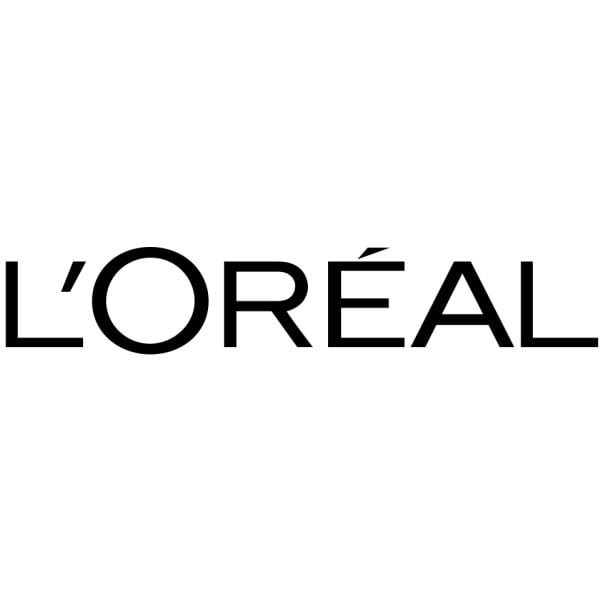

If there's one thing we've all recently learned, it's that people genuinely care about the environment.
But actually navigating the sustainability space can be a little... overwhelming. There are so many things you're told you can do to help, that it's almost a little hard to figure out what one you should do first.
Luckily, we've got you covered. Making a tangible difference to our world's efforts in sustainability can start with making slight tweaks to your beauty routine.
Previously, this would have been a bit (read: very) challenging, but with beauty babes around the world asking for the production of more sustainable products, the industry has well and truly answered and now, your beauty cupboard is a pretty easy place to start when trying to shop sustainably.
To help you (and our planet out), I've put together a little guide to help you understand where to start. Here's everything you need to know.
What makes a beauty product sustainable?
Sustainability in the beauty industry comes down to two simple things: product ingredients and an ethical brand ethos.
Favourite and well-loved brands such as those within the L’Oréal Group have taken on an eco-design approach to packaging since 2007, thinking about it in a holistic way, and have made significant impact and change along the way. From solid formulas to refillable and reusable cosmetics, the company is re-thinking products and packaging to reduce the impact on the environment.